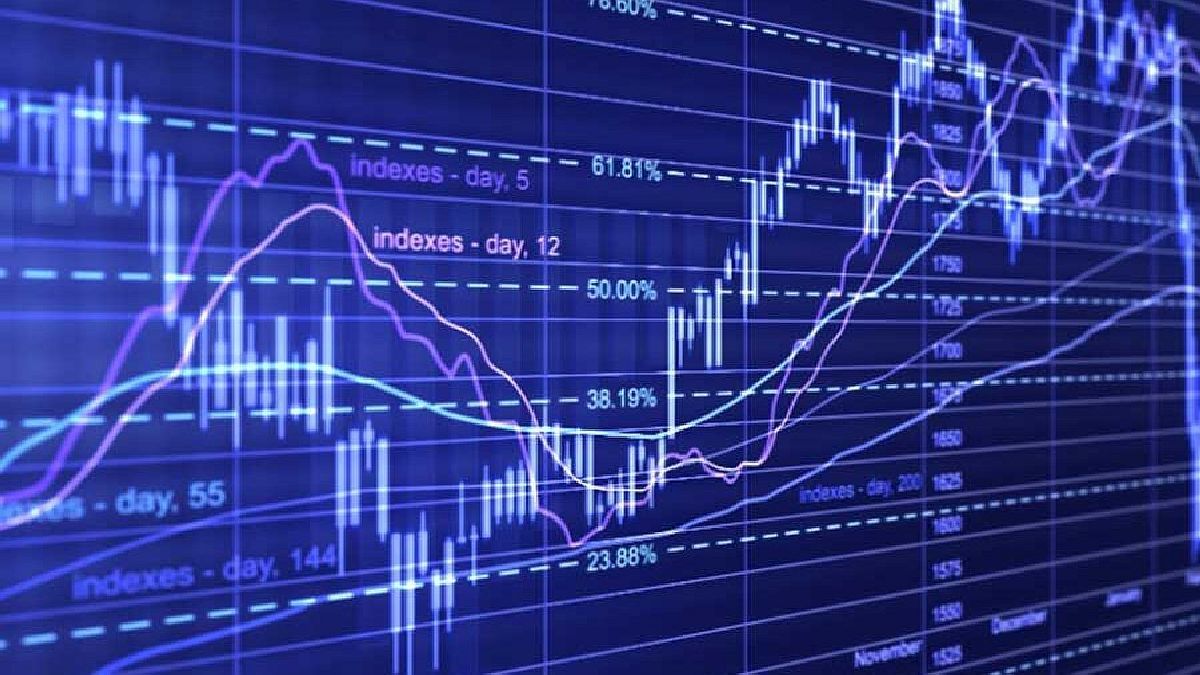The S&P 500 lost 23.14 points, or 0.6%, to 4,124.09, while the Nasdaq fell 173.94 points, or 1.4%, to 12,143.75. The Dow Jones Industrial Average fell 86.16 points, or 0.3%, to 32,911.81.
The S&P 500 accumulated a decline of 0.2% in the week, the Dow Jones lost 0.23% and the Nasdaq fell 1.54%.
“95% of the engine of the market right now is long-term interest rates,” said Jay Hatfield, founder and CEO of Infrastructure Capital Management in New York.
Most traders expect a 75 basis point hike at the US central bank’s June meeting, even though Fed chief Jerome Powell has ruled it out.
The CBOE volatility index, a measure of investor anxiety, soared on the day.
The Labor Department released stronger-than-expected jobs data, with nonfarm payrolls rising 428,000 in April, versus expectations of 391,000 more jobs, underscoring the economy’s strong fundamentals despite the contraction of the Gross Domestic Product in the first quarter.
The jobless rate was unchanged at 3.6% on the month, while average hourly earnings rose 0.3% versus a forecast rise of 0.4%.
Nine of the 11 major S&P sectors fell, with energy the best performer, as oil prices rose on supply concerns.
“Oil has risen again, continuing the inflationary concerns that we are seeing and energy is breaking the trend of a very weak market. But the rise in natural gas and crude oil prices has been a drag on the energy sector this anus”, said Ryan Detrick, chief market strategist at LPL Financial.
Mega-cap growth stocks fell, with a few exceptions like Apple Inc. Wells Fargo & Co posted the biggest losses among big banks.
bags in Europe
European stocks closed their worst week in two months on Friday.sand technology and retail stocks were hit by sales on the prospect of further interest rate hikes to curb the highest inflation in decades.
The pan-European STOXX 600 index fell 1.9%. Retailers lost 2% and technology stocks lost 2.4%.
For its part, the retail index fell to a two-year low after a series of weak company results. According to analysts, this highlighted “the consequences of rising inflation, the war in Ukraine and a new round of lockdowns in China.”
The European Central Bank (ECB) is expected to raise interest rates later this yearand some market projections foresee a rise already in July, after the recent record inflation figures in the euro zone.
“We agree with investors that the ECB is likely to raise interest rates by 25 basis points in July.said Jack Allen-Reynolds, chief Europe economist at Capital Economics, warning that the worst is yet to come for the euro zone economy. eat even more real income,” he added.
Stocks in the oil and gas sector were among the few to rise in Europe, rising 0.5%, as crude prices climbed above $110 a barrel in the face of the European Union’s looming embargo on Russian crude.
gold and oil
Gold prices rose on dollar weakness on Friday, but the prospect of aggressive interest rate hikes by the Federal Reserve put bullion on track for its third straight weekly decline.
Spot gold gained 0.5% to $1,886.22 per ounce, dipping 0.5% on the week. US gold futures were up 0.6% at $1,886.60.
Regarding the price of oil, West Texas Intermediate (WTI) crude oil, which is listed on the New York futures market (Nymex), advanced 1.2% and was traded at US$109.59 a barrel in contracts with delivery in June.
Meanwhile, the Brent, which operates on the London electronic market (ICE), was trading at US$112.13 and appreciated 1.1% for delivery in July.
Source: Ambito
David William is a talented author who has made a name for himself in the world of writing. He is a professional author who writes on a wide range of topics, from general interest to opinion news. David is currently working as a writer at 24 hours worlds where he brings his unique perspective and in-depth research to his articles, making them both informative and engaging.




